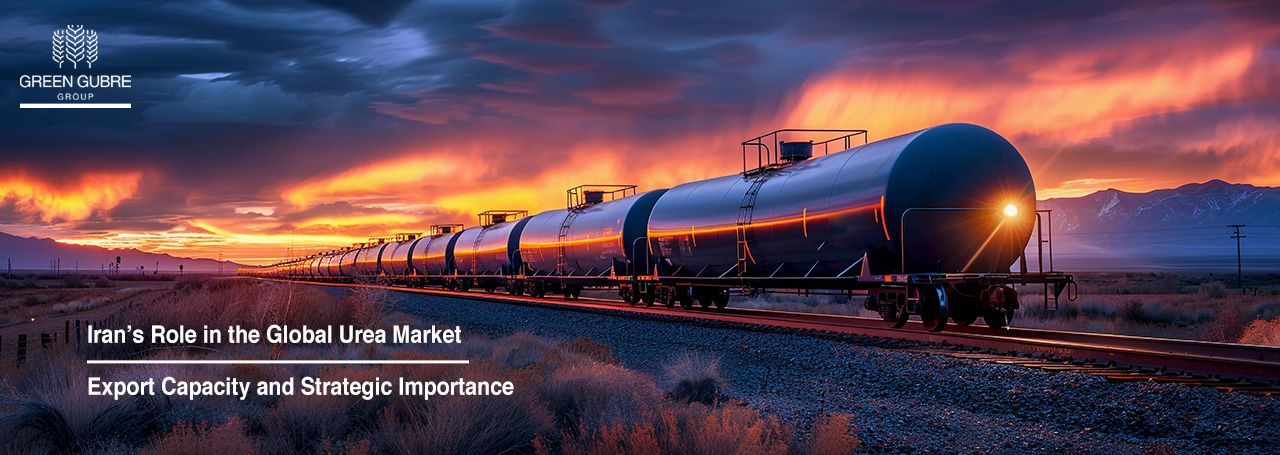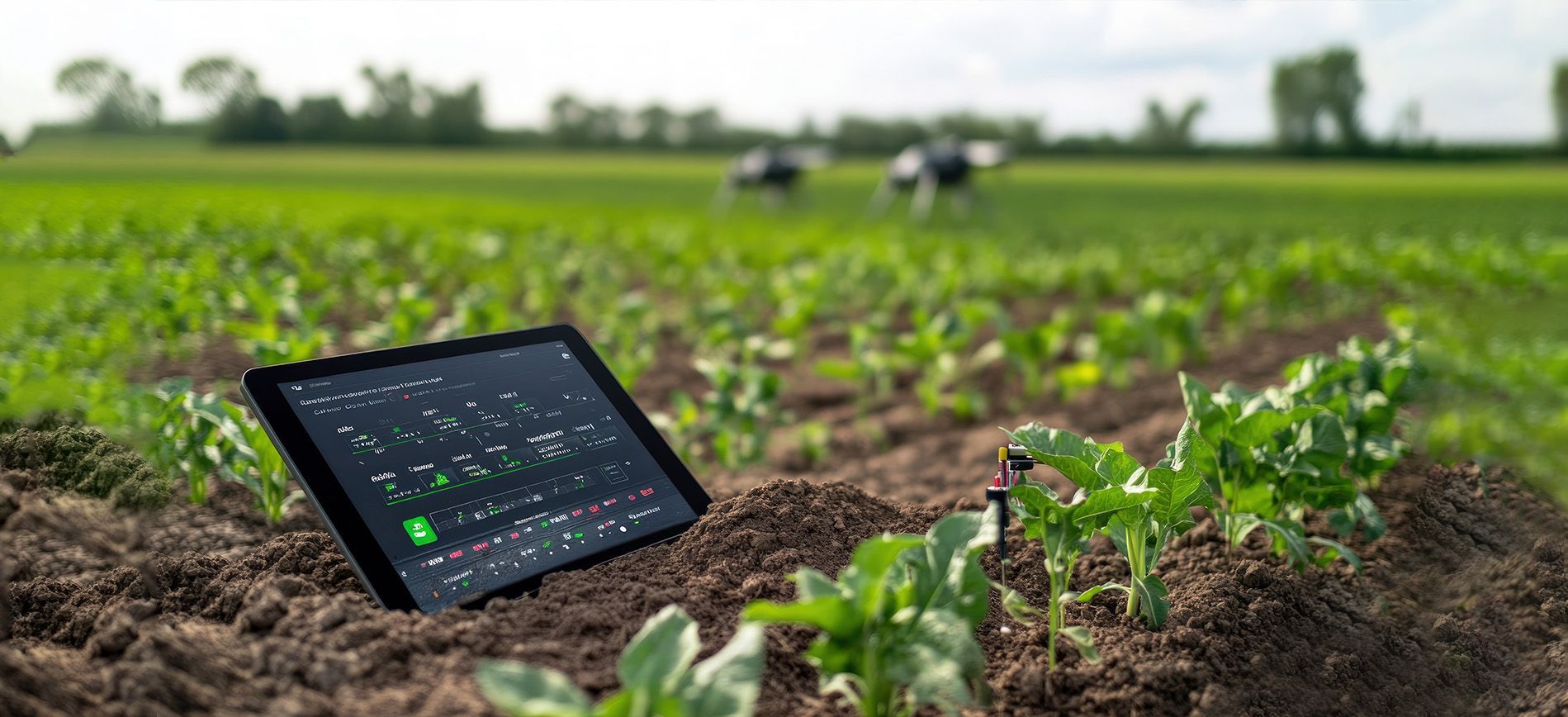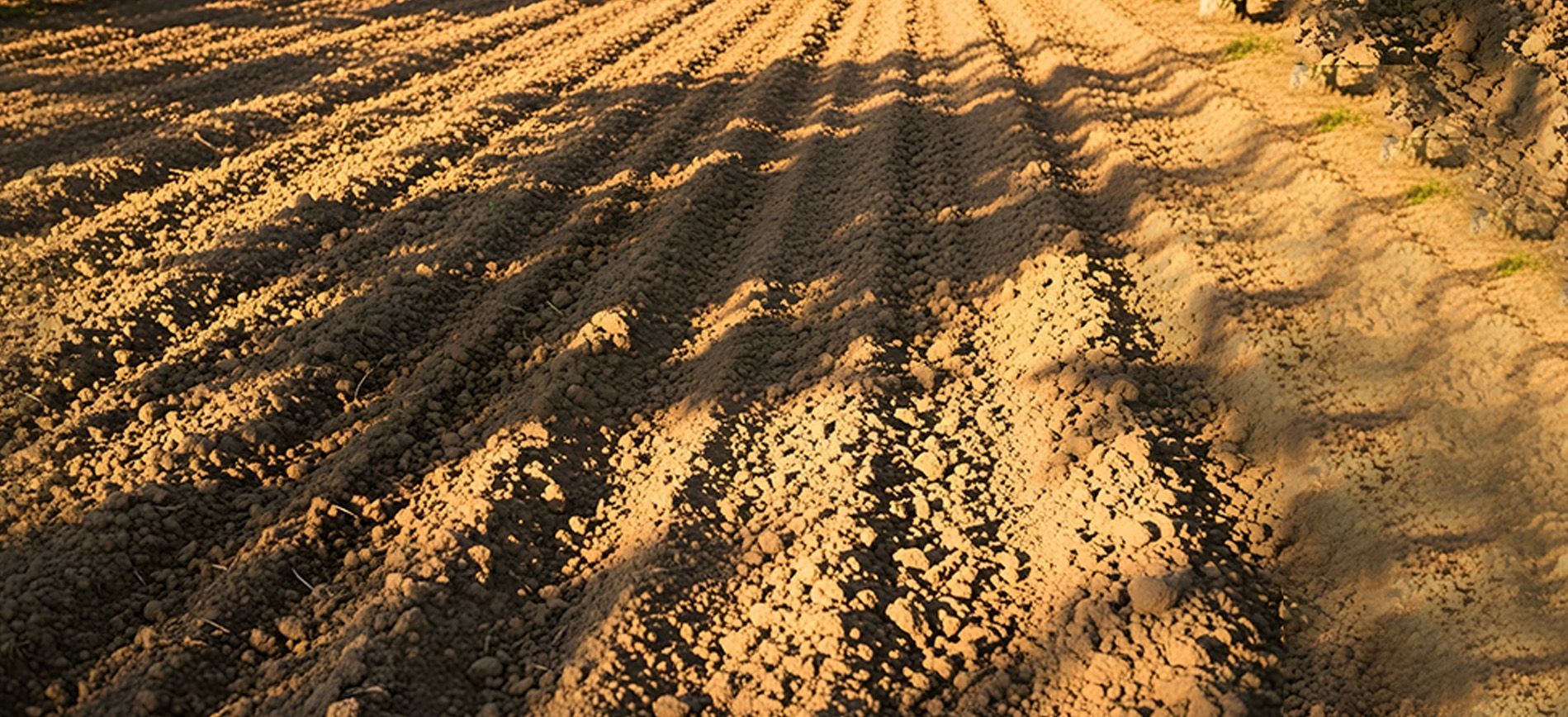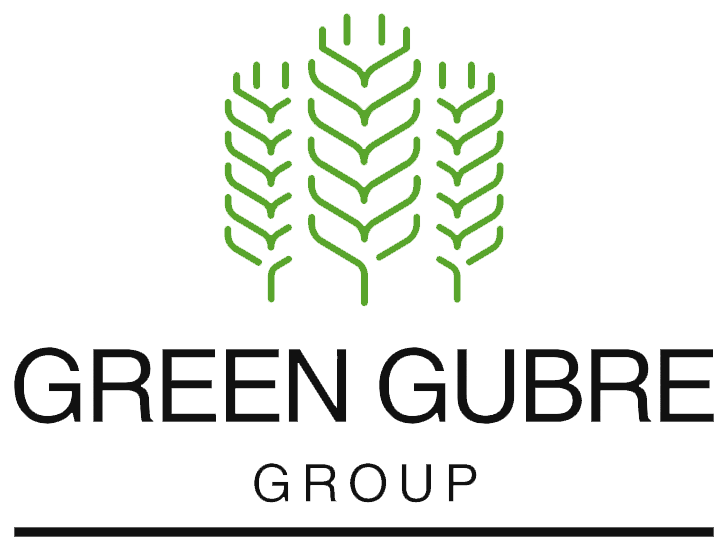Iran’s Role in the Global Urea Market – Export Capacity and Strategic Importance
Iran’s Role in the Global Urea Market – Export Capacity and Strategic Importance

Introduction: A Key Player in Global Nitrogen Supply
With one of the world’s largest natural gas reserves and a well-developed fertilizer industry, Iran not only plays a critical role but also holds a strategic importance in the global granular and prilled urea market. Its strategic location along the Persian Gulf enables large-scale, competitive exports to major agricultural economies across Asia, Africa, and Latin America. Iran’s urea exports remain vital in maintaining global fertilizer balance despite geopolitical complexities.
This blog explores Iran’s gas-based production advantages, export capabilities, preferred trade routes, and growing footprint in key markets.
1. Gas-Based Urea Production: Iran's Unique Competitive Advantage
Iran’s urea production is built on its abundant, low-cost natural gas feedstock, making it one of the most cost-effective producers globally. The urea manufacturing process relies heavily on ammonia synthesis from methane (CH₄), giving Iran’s gas-based plants a significant edge over coal-based producers like China or oil-based systems elsewhere.
Key producers include:
- Pardis Petrochemical Company
- Khorasan, Shiraz, and Lordegan Petrochemical
- Kermanshah and Razi Petrochemical
These companies contribute to a total urea production capacity of approximately 6.5–7 million tons annually, with export volumes ranging from 5 to 5.5 million tons per year, depending on gas availability and domestic policy constraints.
2. Trade Routes via the Persian Gulf
Iran’s geographical position offers a direct maritime route to major fertilizer-importing regions:
- Asia (India, China, Southeast Asia)
- Africa (West, East, and North Africa)
- Latin America (Brazil, Argentina, Colombia)
Exports are conducted via key ports:
- Bandar Imam Khomeini (BIK)
- Bandar Abbas
- Bandar Bushehr
These ports handle bulk and containerized fertilizer shipments, providing buyers flexible options based on volume and destination. Transshipment via the UAE and Oman also facilitates delivery to markets under indirect channels when needed.
3. Strategic Markets: Asia, Africa, and Latin America
🌏 Asia
Iran has long been a urea supplier to India, often through tenders issued by MMTC or NFL, offering competitive FOB prices. Vietnam, Sri Lanka, and Thailand buyers also engage Iranian producers for granular and prilled urea.
🌍 Africa
Iranian urea flows into West Africa (Nigeria, Ghana, Togo), East Africa (Kenya, Tanzania), and North Africa. These markets value Iran’s flexible cargo sizes and pricing. Local blending plant buyers increasingly use Iranian urea as a nitrogen base.
🌎 Latin America
Countries like Brazil and Argentina—major urea importers—regularly source from Iran due to favorable freight economics and timely shipments during peak planting seasons.
4. Challenges and Outlook: Iran's Urea Industry Resilience
Iran’s urea industry faces several challenges:
- Gas supply disruptions in winter can curtail production.
- Sanctions and banking limitations complicate logistics, financing, and insurance.
- Political risk and inspection delays may affect delivery timelines.
Iranian urea remains a price anchor in international tenders and is critical for supply chain diversification despite these issues. Iran provides stability in a market where urea prices fluctuate seasonally from $50 to $100/ton, especially in the low to mid $300s/t FOB range.
5. Green Gubre Group: Enabling Regional and Global Access
At Green Gubre Group, we closely monitor trade movements and sourcing opportunities, including from Middle Eastern suppliers. Our trading and procurement services offer:
✅ Access to granular and prilled urea from cost-competitive producers
✅ Support for multi-destination shipments across Africa, Asia, and Latin America
✅ Logistics and documentation management in line with global import standards
✅ Advisory on seasonal procurement, blending strategies, and regional trends
At Green Gubre Group, we are unwavering in our commitment to
facilitating secure, affordable, and timely urea delivery, especially as global fertilizer demand surges post-2025. Our dedication ensures you can always rely on us for your urea procurement needs.




